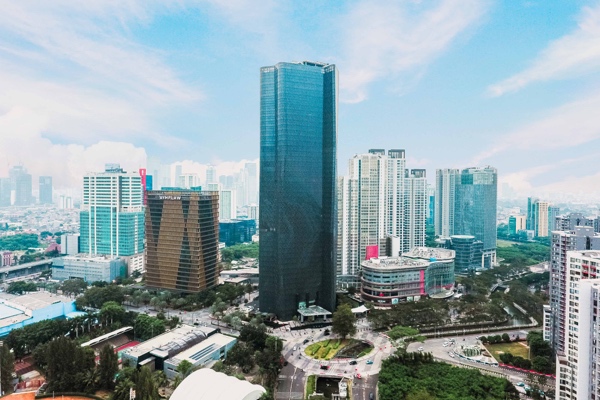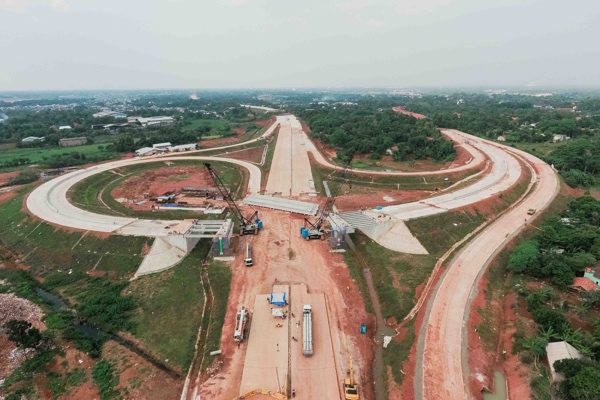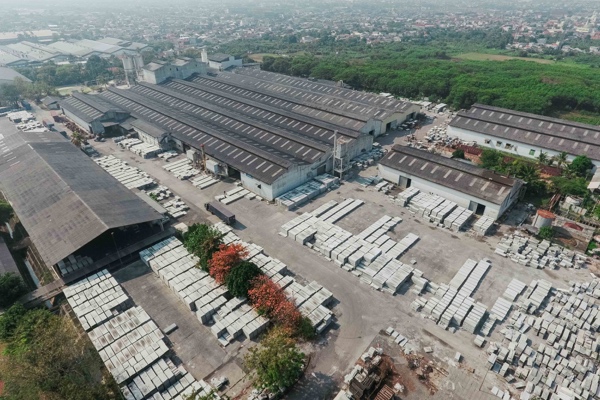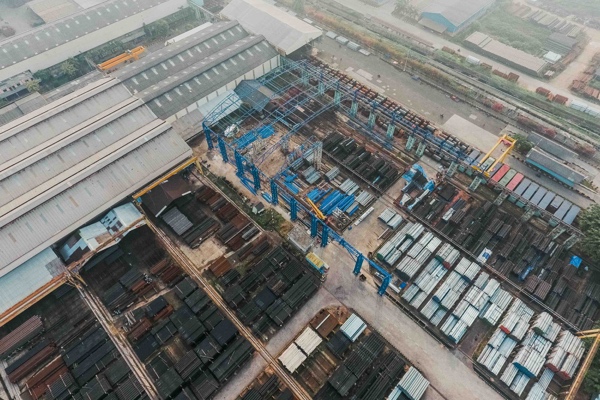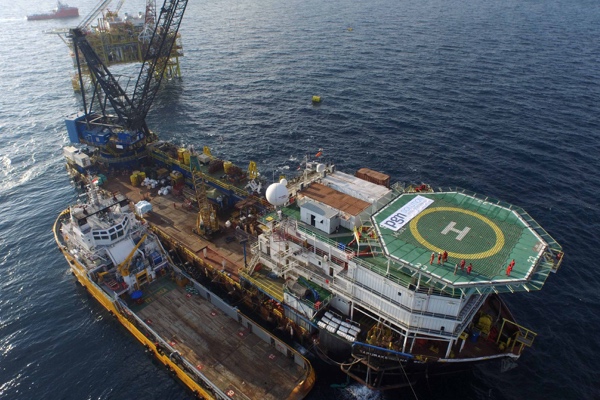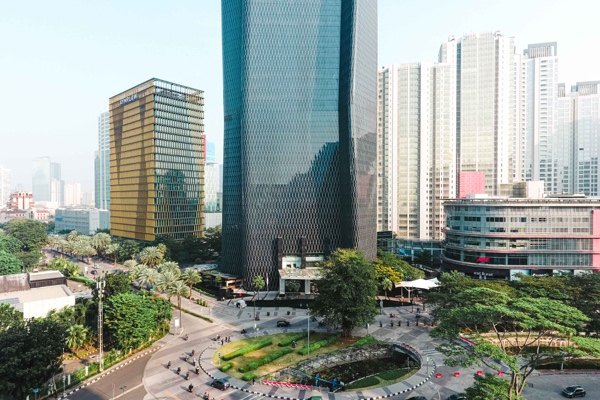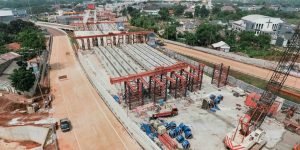Prabowo Will Create a National Car for Indonesia, Here’s a List of National Cars That Have Existed
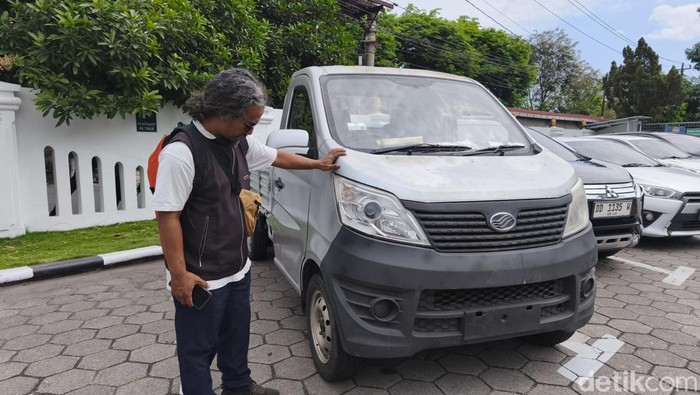
Source: Detik.com | October 22, 2025
President Prabowo Subianto has rekindled Indonesia’s dream of creating a domestically produced car. He stated that Indonesia will have a domestically produced car within the next three years.
Prabowo made this statement during a Plenary Cabinet Meeting held at the State Palace on Monday (October 20, 2025), as quoted from the Presidential Secretariat’s YouTube channel.
“It’s not an achievement yet, but we’ve already started pioneering it. We will have an Indonesian-made car within the next three years,” Prabowo said during the Plenary Cabinet Meeting, as quoted by the Presidential Secretariat’s YouTube channel.
“I’ve allocated the funds, and we’ve prepared the land for the factories. We’re working on it now,” Prabowo stated.
Speaking of Indonesian domestic cars, many national cars have been produced in Indonesia. Unfortunately, almost all of these national cars have died in the battleground of the country’s automotive industry. Based on detikOto’s records, here are some of Indonesia’s national cars that have existed.
Maleo
Beginning development in 1993, the Maleo project began when the government needed a national car that was uniquely Indonesian. IPTN was appointed to realize this goal. Working with Rover, England, and Millard Design Australia, IPTN, led by BJ Habibie, successfully produced 11 car designs by 1997. Unfortunately, the project was abandoned when the reference period arrived.
Beta 97 MPV
This car was a project conceived in 1994 by the Bakrie Group through Bakrie Brothers. Bakrie wanted to make the Beta 97 MPV a national car. To that end, Bakrie enlisted the help of British design house Shado to create the initial design for the car.
In April 1995, the Beta 97 MPV design was completed and presented to Bakrie management. After that, the design was immediately developed until the prototype was completed in 1997.
Bakrie had also begun preparing all aspects of this car’s support, from assembly to preparing a production budget, to meet the car’s launch schedule, which was originally planned for December 1997. Unfortunately, the economic crisis sank it before it could take off.
Timor
Timor is a car brand sold in Indonesia in the mid-1990s, a rebadged version of the South Korean Kia Sephia. Timor stands for ‘People’s Car Industry Technology’, and the company’s full name is Timor Putra Nasional.
This car was intended to be Indonesia’s national car, much like Proton in Malaysia. Therefore, the Timor brand was exempt from the taxes typically imposed on other cars sold in Indonesia. After the Asian economic crisis, which led to the bankruptcy of Kia Motors in 1997 (acquired by Hyundai in 1998), and the fall of the Suharto regime, the Timor project was also closed.
Bimantara
Like the Timor, the Bimantara was a national car project initiated by the Cendana family. While the Timor was backed by Tommy, the Bimantara was built by Bambang Trihatmojo. The difference was that Bimantara partnered with Hyundai. However, due to the crisis, Bimantara also went bankrupt.
MR 90
This car was a nationalization project for the Mazda 323 Hatchback by PT Indomobil. The final model of this effort was the Mazda Van Trend in 1994.
Kalla Motor
Kalla Motor once created a small car with a 500cc engine as a potential Indonesian production car. It is unknown why it was not produced.
Texmaco Macan
The Macan is a minibus or MPV with a 1,800cc engine from PT Texmaco. In releasing this car, PT Texmaco collaborated with Mercedes-Benz, it was recorded that one prototype unit had been exhibited at the Jakarta Fair arena, but before mass production could be carried out, PT Texmaco went bankrupt due to the monetary crisis in 1997-1998.
Gang Car
The Gang Car is a two-passenger minivan manufactured by PT DI, powered by a 125-200cc engine. It was designed to be small enough to operate in narrow urban alleys (hence the name Gang Car). The project has been dormant since 2003, after PT DI was plunged into turmoil and laid off approximately 9,000 employees.
Marlip
This electric vehicle was developed by LIPI (Indonesian Institute of Sciences) and marketed by PT Marlip Indo Mandiri. It is used as a golf cart, patient car, and security vehicle. The Marlip also has a four-passenger variant with a top speed of 50 km/h and a maximum range of 120 km. The Marlip’s price ranges from Rp 60 to Rp 80 million.
Kancil
Kancil (short for Kendaraan Niaga Cilik Irit Lincah) is a registered trademark for a four-wheeled motorized transportation vehicle designed, manufactured, and marketed by PT KANCIL (short for Karunia Abadi Niaga Citra Indah Lestari). Designed to replace the Bajaj/bemo, this vehicle uses a 250cc engine and can reach speeds of up to 70 km/h.
GEA
GEA is a national car project developed through research by PT INKA (Industrial Railways) using a 640cc engine from the National Strategic Research (Rusnas) program. GEA aims to provide an alternative small car to address the energy crisis.
Priced between IDR 45 and IDR 50 million, this national car falls into the city car category, measuring 3,320 x 1,490 x 1,640 mm and with a wheelbase of 1,965 mm. Its 650cc engine, with an EFI fuel injection system, is capable of reaching speeds of up to 85 km/h, and is powered by a front-wheel drive system.
Tawon
The AG-Tawon National Car is manufactured by PT Super Gasindo Jaya, with its industrial site in Rangkasbitung, Banten. It can run on a variety of fuels, including gasoline and CNG, and meets Euro 3 standards.
The Tawon has a 650cc engine, a 4-speed manual transmission, and can reach speeds of up to 100 km/h. Development began in 2007 and production began in 2009. It contains 90% local content.
FIN Komodo
This vehicle is an off-road vehicle capable of handling all kinds of terrain. Its light weight means it requires relatively little power to accelerate, resulting in relatively efficient fuel consumption.
In forest terrain, a 100 km journey can typically take 6-7 hours, consuming only about 5 liters of fuel. The tank capacity is 20 liters, allowing for 7 four-hour treks, or 4 days of daytime travel.
Besides its use for exploration, survey, and surveillance missions, the FIN Komodo, designed by Gatotkaca Ibnu Susilo, one of the designers of the CN-250 aircraft, can also be used to transport loads (luggage) weighing up to 250 kg, making it a utility vehicle. The FIN Komodo remains in existence today in Indonesia. FIN Komodo off-road vehicles are currently primarily used in tourist areas.
Wakaba
Wakaba, an acronym for Wahana Karya Anak Bangsa, is a West Java-made vehicle powered by a 500cc, 4-stroke, 2-cylinder engine, which is claimed to maintain its power for use in hilly and mountainous terrain. With dimensions of 3,300 mm in length, 1,500 mm in width, and 1,820 mm in height, Wakaba is ready to meet the needs of rural transportation which has so far rarely been touched specifically by the transportation sector.
Arina
The Arina is a small car made in Semarang. It originated at Semarang State University (Unnes) and was funded by the Ministry of Industry. The Arina uses a motorcycle engine with 150cc, 200cc, and 250cc engine capacities. The car was designed by Widya Aryadi, a lecturer in the Unnes Mechanical Engineering Department.
Nuri
The Nuri is a sibling of the Tawon, also produced by PT Super Gasindo Jaya. This car uses an 800cc engine. Its hatchback design makes it agile and maneuverable.
Boneo
This car is manufactured by PT Boneo Daya Utama and is still in the prototype stage. It comes in two models: a city car and a pickup truck, powered by a 653cc V-Twin engine capable of producing 15.3 kW of power and 44.3 Nm of torque.
Esemka
Esemka was first launched in 2007 and was only introduced to the public two years later. This national car became a phenomenon after being introduced by Joko Widodo while he was still Mayor of Solo. Since 2019, Esemka has launched the Esemka Bima pickup truck. However, its existence remains questionable. Furthermore, Esemka was also dragged into court because its customers found it difficult to purchase the car.
Maung Made by Pindad
Indonesia’s dream of a national car has resurfaced. President Prabowo Subianto stated that within the next three years, Indonesia will have a domestically manufactured car. Previously, Indonesia already had the Maung, manufactured by PT Pindad.
The Maung MV3 Garuda Limousine is now used as Prabowo Subianto’s presidential car. It is planned that ministers in the Red and White Cabinet will also use Pindad-made cars.

